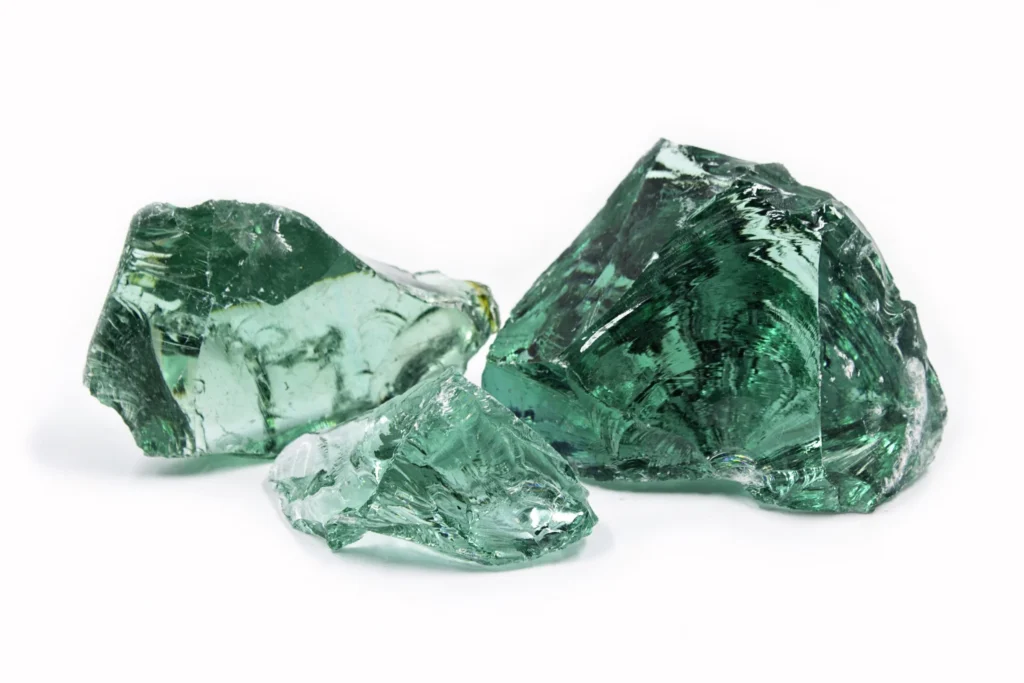Decorative stone landscaping offers a versatile and visually appealing way to enhance outdoor spaces, whether it’s a residential garden, commercial property, or public park. By incorporating various types of decorative stones, such as gravel, pebbles, or crushed rock, property owners can achieve a range of aesthetic effects, from rustic charm to modern elegance. Unlike traditional landscaping materials like mulch or grass, decorative stones require minimal maintenance and can withstand harsh weather conditions, making them an attractive option for busy homeowners and landscaping professionals alike. In this comprehensive guide, we will explore the benefits of using decorative stone, the different types available, tips for installation, maintenance strategies, and the overall advantages of incorporating decorative stone landscaping into your outdoor environment.
Benefits Of Decorative Stone Landscaping
One of the primary advantages of decorative stone for landscaping is its aesthetic appeal. Whether used as a focal point or as a complementary element to existing vegetation, decorative stones can add texture, color, and visual interest to any outdoor space. Additionally, decorative stones are durable and long-lasting, offering years of beauty without the need for frequent replacement or maintenance. Unlike organic materials like mulch, which can decompose over time and require regular replenishment, decorative stones retain their appearance and functionality for years to come. Furthermore, decorative stone landscaping can help control erosion, suppress weed growth, and conserve soil moisture, promoting a healthier and more sustainable outdoor environment. From enhancing curb appeal to creating tranquil garden retreats, the benefits of decorative stone landscaping are both aesthetic and practical, making it an ideal choice for homeowners and landscapers seeking to enhance the beauty and functionality of outdoor spaces.

Types Of Decorative Stones
Decorative stones come in a variety of shapes, sizes, colors, and textures, allowing for endless design possibilities. Common types of decorative stones include gravel, pebbles, river rock, crushed stone, and flagstone, each offering unique characteristics and aesthetic appeal. Gravel, for example, is available in different sizes, from fine to coarse, and can be used for pathways, driveways, or as a base material for other landscaping features. Pebbles, on the other hand, are smaller stones that come in a range of colors, such as white, black, gray, and earth tones, and can be used for ground cover, accent borders, or decorative accents in water features. River rock is smooth, rounded stones typically found in riverbeds or beaches, adding a natural, organic look to landscaping projects. Crushed stone, available in various sizes and colors, is commonly used for driveways, pathways, or as a base material for patios and retaining walls. Flagstone is a flat, irregularly shaped stone often used for pathways, patios, or as stepping stones, adding a rustic, natural look to outdoor spaces. By selecting the right type of decorative stone for your landscaping project, you can achieve the desired aesthetic effect while enhancing the functionality and durability of your outdoor environment.
Installing Decorative Stones
Proper installation is essential for achieving optimal results with decorative stone landscaping. Before beginning the installation process, it’s important to assess the site and prepare the area accordingly. This may involve removing existing vegetation, leveling the ground, and installing edging to contain the decorative stones. Once the site has been prepared, the decorative stones can be laid down according to the desired design.
For pathways or driveways, a base layer of gravel or crushed stone may be necessary to provide stability and drainage. Decorative stones can then be spread evenly over the surface and compacted to ensure a stable and level finish. Edging materials, such as metal, plastic, or stone, can be used to contain the decorative stones and prevent them from spreading or shifting over time. Additionally, proper drainage is essential to prevent water pooling and ensure the longevity of the decorative stone landscape. This may involve installing drainage pipes, French drains, or gravel trenches to redirect excess water away from the area. By following proper installation techniques and ensuring adequate drainage, you can create a beautiful and long-lasting decorative stone landscape that enhances the beauty and functionality of your outdoor space.
Maintenance Tips For Decorative Stone Landscapes
While decorative stone landscapes require less maintenance than traditional landscaping materials like grass or mulch, they still require some upkeep to keep them looking their best. One of the most important maintenance tasks is regular cleaning to remove debris, leaves, and other organic matter that can accumulate on the surface of the stones. This can be done using a leaf blower, rake, or broom to sweep away debris and keep the surface clean and free of obstructions. Additionally, it’s important to periodically inspect the landscape for signs of weed growth and remove any weeds that may emerge. This can be done by hand-pulling weeds or using an herbicide specifically formulated for use in decorative stone landscapes.
In areas where weed growth is particularly problematic, installing a weed barrier fabric beneath the decorative stones can help prevent weeds from taking root and spreading. Another important maintenance task is replenishing the decorative stones as needed to maintain the desired appearance and functionality of the landscape. Over time, decorative stones may become displaced or compacted, requiring additional material to fill in gaps and ensure an even surface. Finally, it’s important to monitor the landscape for signs of erosion, particularly in areas prone to heavy rainfall or runoff. Installing erosion control measures, such as retaining walls, riprap, or vegetative barriers, can help protect the integrity of the landscape and prevent soil erosion over time. By following these maintenance tips and staying proactive in caring for your decorative stone landscape, you can enjoy its beauty and functionality for years to come.
Conclusion
Decorative stone landscaping offers a versatile and low-maintenance solution for enhancing outdoor spaces with beauty, durability, and functionality. Whether used for pathways, driveways, patios, or garden accents, decorative stones come in a variety of types, colors, and textures to suit any design aesthetic. By following proper installation techniques and maintenance practices, property owners can create stunning landscapes that require minimal upkeep and provide years of enjoyment. From controlling erosion to suppressing weed growth and conserving soil moisture, the benefits of decorative stone landscaping extend beyond aesthetics to promote a healthier and more sustainable outdoor environment. Whether you’re a homeowner looking to enhance your curb appeal or a landscaping professional seeking to create memorable outdoor spaces, decorative stone landscaping offers endless possibilities for creativity and expression.

Leif Aleksandra, a nomadic wordsmith with roots spanning continents, captures the essence of diverse cultures in his tales. With a pen dipped in wanderlust, Leif traverses the landscapes of imagination, blending the flavors of his global experiences into narratives that resonate with universal truths.



